Building the best MVP possible; A Step-by-Step Guide
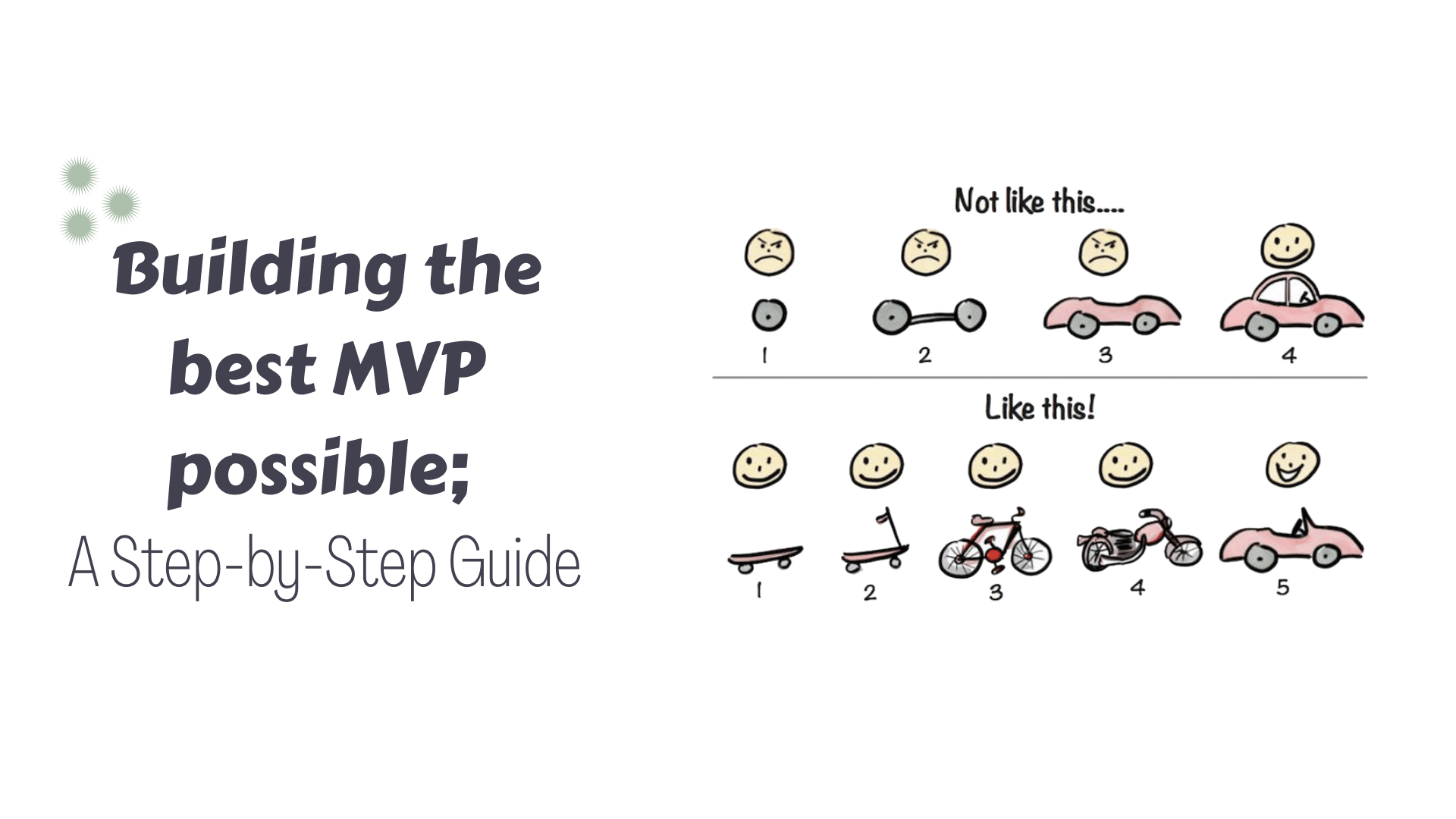
Entering markets with a new product is always an adventure for startups, but you can reduce the risk with the help of Minimum Viable Product, or MVP.
An MVP (Minimum viable product) is a basic, launchable version of the product that supports minimal yet must-have features (which define its value proposition). An MVP is created with an intent to enable faster time to market, attract early adopters, and achieve product-market fit from early on.
Once the MVP is launched, initial feedback is awaited. Based on this feedback, the company will reiterate to fix the bugs and introduce new features that those early adopters suggest.

How to build an MVP?
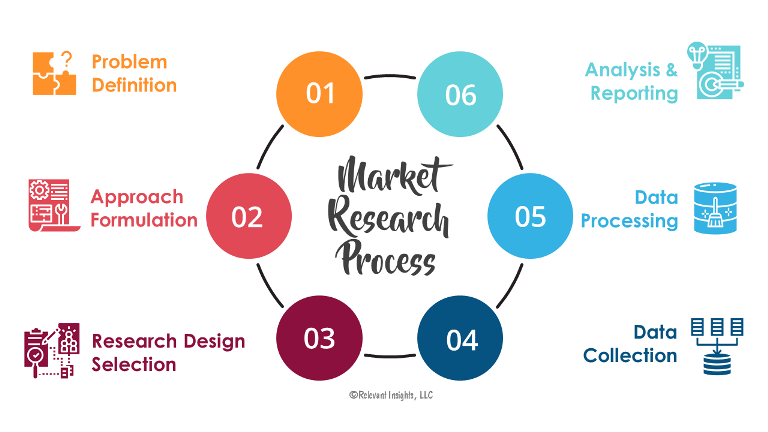
1. Start with Market Research
Before a business initiates an idea and embarks upon an MVP Development process, you should ensure that it fulfills the target users’ needs. This can be accomplished by conducting surveys. At the end of the day, the more information you have, the higher the chances of success. Also, do not forget to keep an eye on what the competitors are offering and how the product idea can stand out. Other alternatives that offer exactly the same product as you are not your “only” competitors. You are competing with any alternative solution available that fixes the same problem as you. Try to decipher every solution that your target users are currently using. For example, if the problem you’re solving is babies’ sleep problems, your opponents are not just other “baby sleep applications”, but also taking a warm bath, massaging with lavender oil, or reading a book or fairy tale.
2. Find your MVP’s Value Proposition
You should start by asking:
“Is this product really relevant to my target?”
- What is the problem/pain you’re trying to solve with your product?
- What is your MVP’sValue Proposition?
- Who is the main target?
Get to know them in terms of demographics, psychology and behavior in the observed context. Eventually, build UX Personas. - How does each target stakeholder deal with the problem today?
Carry out a competitor benchmark. - Why is your MVP better than the current solution? What differentiates you from the alternatives/your existing competition?
___(Name of your product) is a_____ (a statement of its key benefit/solution)
What is your Elevator Pitch?
It’s been created for ____ (your stakeholders) who ____ (state their problem). ____ (name of your product) is a_____ (a statement of its key benefit/solution). Unlike ____ (the current solution) we ____ (say what differentiates you from the alternatives/your existing competition).
This is a critical question when building an MVP, you need to answer it.
Once you found your value proposition, there are several more questions to answer, to build the structure of your main product. This structured process will ensure you nail your value proposition and complete the first step in building a successful MVP:
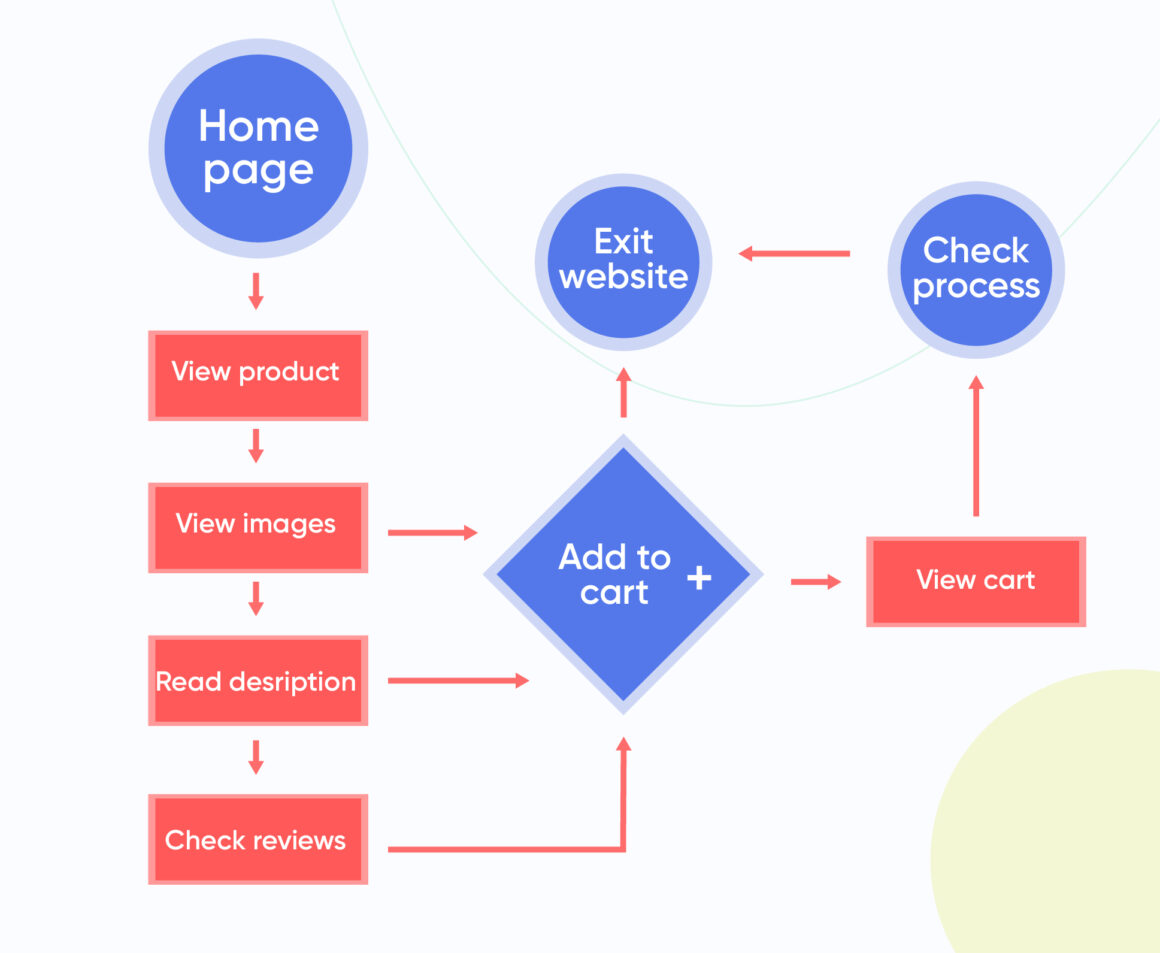
3. Map your user flow and prioritize product features
You need to look at your product from the users’ perspective, starting from opening the product to the final process, such as making a purchase or delivery. In addition, user flow is an important aspect to consider because it ensures nothing will be missed while keeping the future product and its user satisfaction in mind.
“Why can’t you build everything? And why does prioritization matter?”
Prioritization matters because it ensures that you don’t get ahead of the market. Entrepreneurship is a dance between you and the market. If you get ahead, it resists you. If you lag behind, it leaves you behind.
Additionally, this is also a dance between you and the users’ base. Every little change you introduce will impact and change the users’ behaviors. And often these changes surface with delay. Meaning you launch a new feature to address a user’s pain point or goal and often users’ expectations evolve after using the feature. For example, think about the world of Social Media Marketing before and after Instagram Stories.
Lastly, when you introduce two features at the same time. You cannot certainly assess the impact of each feature over the overall evolved consumer behavior.
4. Launch MVP
Once you have decided upon the main features and learned about the market needs, you can create the MVP. Keep in mind that an MVP is not lower quality than a final product, but still needs to fulfill the customer’s needs. Therefore, it must be easy to use, engaging, and suitable for the users.
“The main reason why products fail is that they don’t meet customers’ needs in a way that is better than other alternatives.” – Dan Olsen

Examples of Successful MVPs

– Uber
Back in 2008, Travis Kalanick and Stumbleupon founder Garrett Camp were just two guys with an idea, an idea born (like most great ideas) from a problem. The problem they wanted to solve? The cost of black car services.
They created a simple, quick, low-budget platform to test their simple theory.
People can’t necessarily afford a black car service but they don’t like taxis — what if we can create something the bridges the gap and solves the problem. Uber was born. Originally dubbed UberCab the basic platform allowed people in San Francisco to order black car services through an app on iPhone and through SMS on other devices.
In 2010 Kalanick tweeted what is arguably one of the most valuable tweets in the history of Twitter;
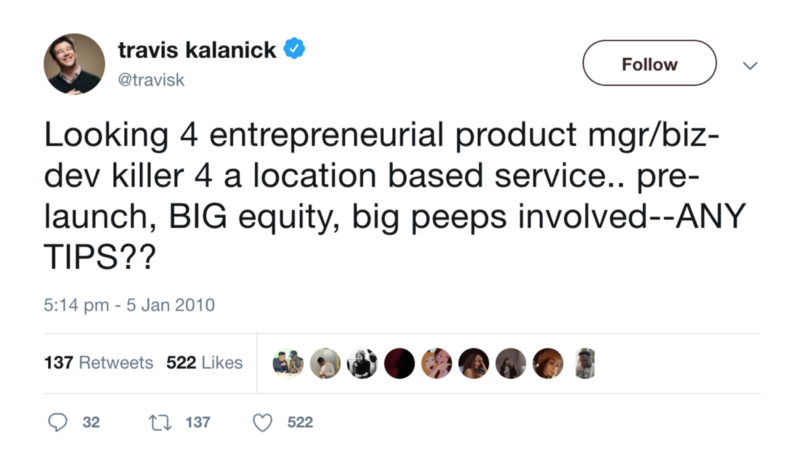
Ryan Graves responded to this tweet simply saying:
“Here’s a tip. email me 🙂”
He would later become Uber’s first CEO and now has a personal net worth of $1.6 billion with Uber’s net worth sitting at $75.5 billion when it went public in May 2019.
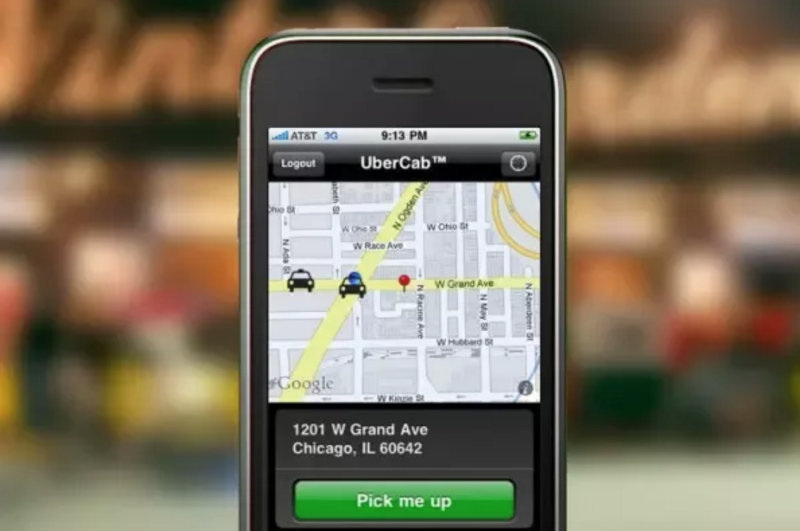
The app has evolved through several iterations from this simple MVP platform over the years — with lots of newer features such as fare splitting and live driver tracking to name but a few.
This example shows perfectly how an MVP can have a hugely beneficial impact on your business.
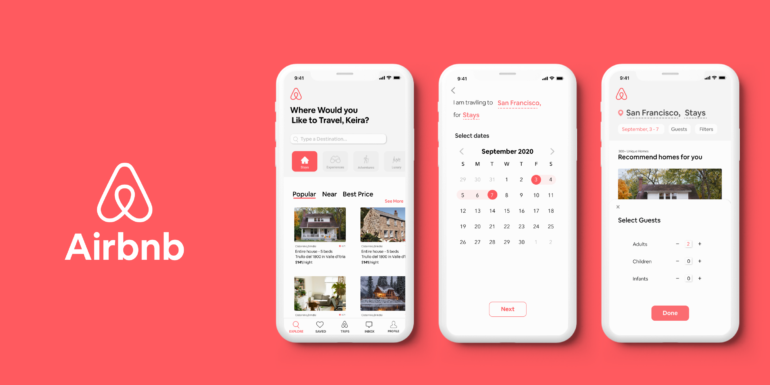
– Airbnb
In 2007, roommates and former schoolmates Brian Chesky and Joe Gebbia Moved to San Francisco to start a business. The problem? They couldn’t afford the rent of their San Francisco loft apartment.
Their solution? They opened up their apartment as cheap accommodation for attendees of a nearby design conference.
This not only solved their problem of paying the rent, but it also solved the attendee’s problem who had lucked out on hotel bookings. They took pictures of their apartment, uploaded it to Craigslist and had three paying guests in no time. They quickly realised there was a market for this. So they decided to build an MVP to validate their assumptions and prove that people would be willing to use their product (called AirBed&Breakfast).
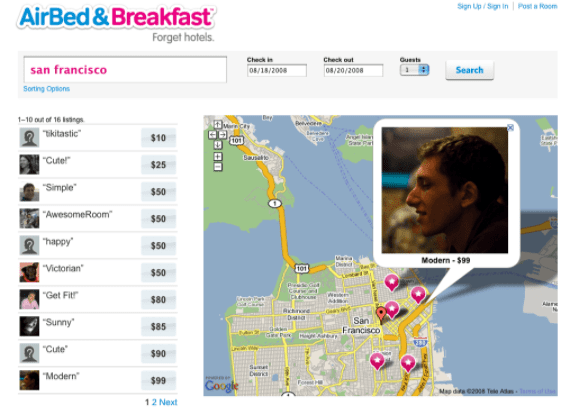
The rest, as they say, is history. Despite the hit they took due to the coronavirus pandemic, Airbnb is still valued at $18B; all from creating an MVP to solve a simple problem.
All of these well-known companies and more started with a Minimum Viable Product. If it worked for them it could very well work for your big idea too!
Contact
info@360predictor.com
